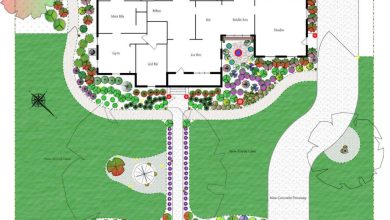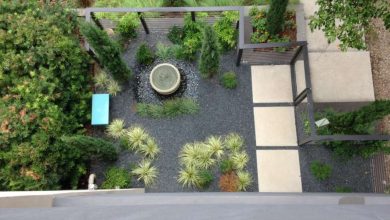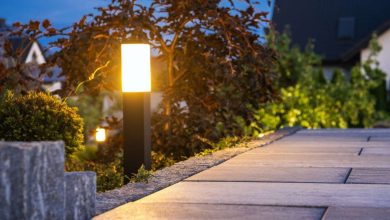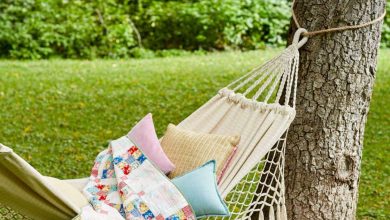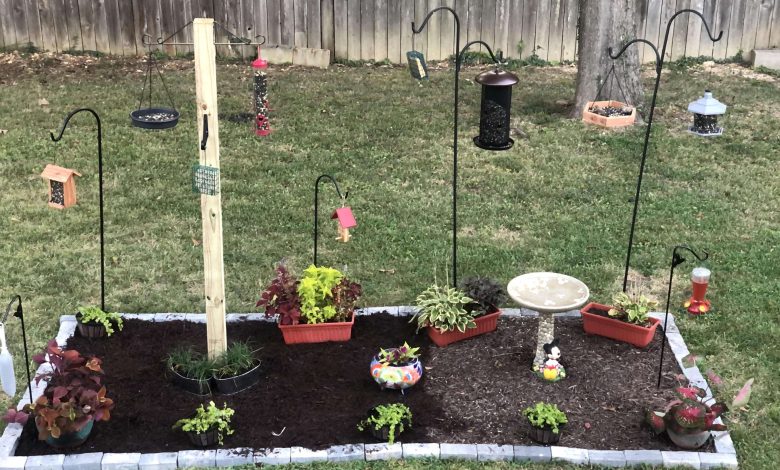
16 Top Bird Feeder Landscape Ideas 2024
Bird Feeder Landscape Ideas: Transform Your Yard into a Feathered Paradise
Turning your backyard into a haven for feathered friends is a rewarding experience. Bird feeders provide a vital food source, especially during harsh winter months, and their lively presence brings a touch of nature closer to home. But a lonely feeder hanging from a bare branch can look a little sterile. Here’s where bird feeder landscape ideas come in! By incorporating some creative landscaping elements around your feeders, you can create a beautiful and functional bird sanctuary that attracts a wider variety of birds.

The first step is to consider the different types of feeders and the birds they attract. Tube feeders are great for seed-eating birds like finches and chickadees, while platform feeders cater to a wider variety including cardinals, grosbeaks, and doves. Suet feeders are a favorite of woodpeckers and nuthatches. Offering a variety of feeders with different seed types ensures there’s something for everyone.
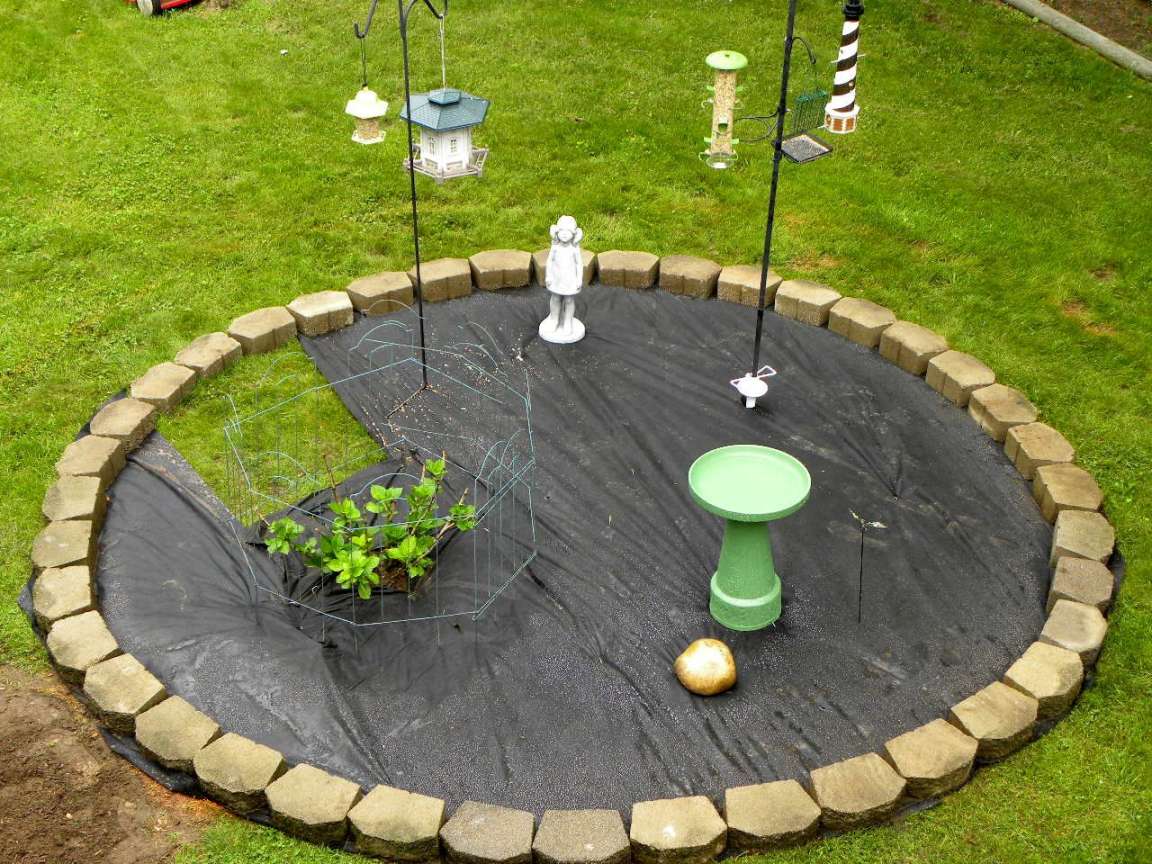

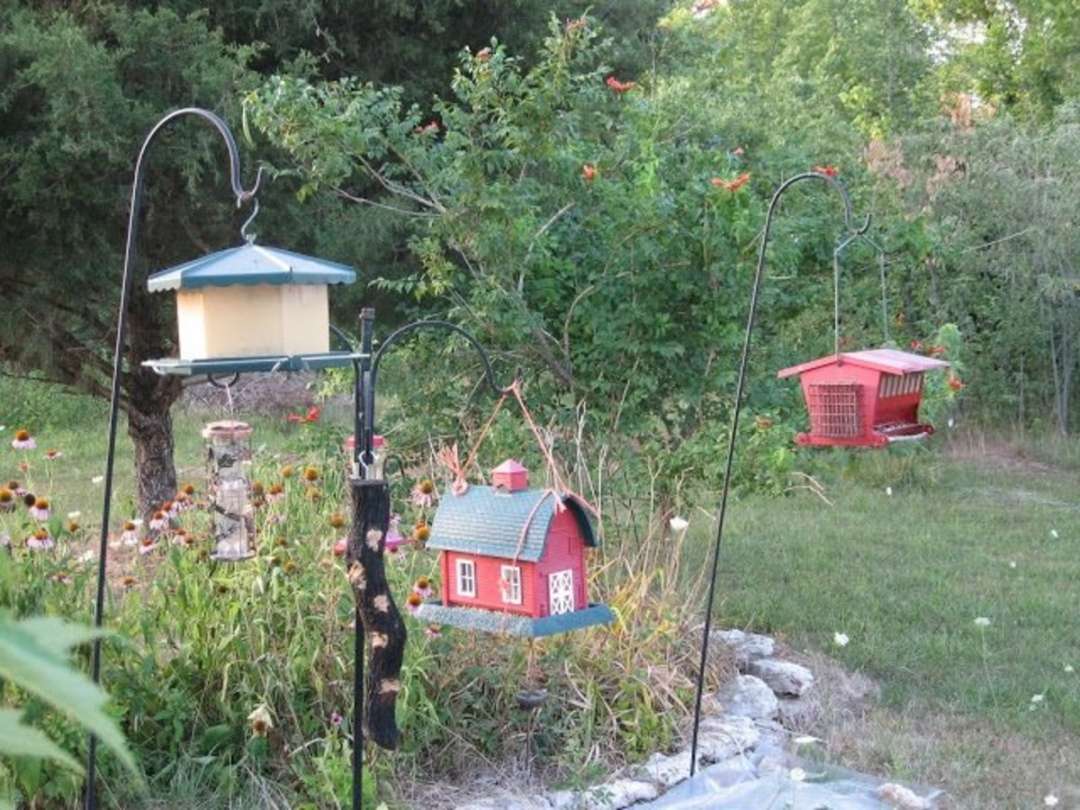
A small birdbath or fountain adds another dimension to your bird feeder landscape. Birds need water for drinking and bathing, and a water feature will become a popular hangout spot. Keep the water fresh and shallow, and place it in a shaded area to prevent overheating.
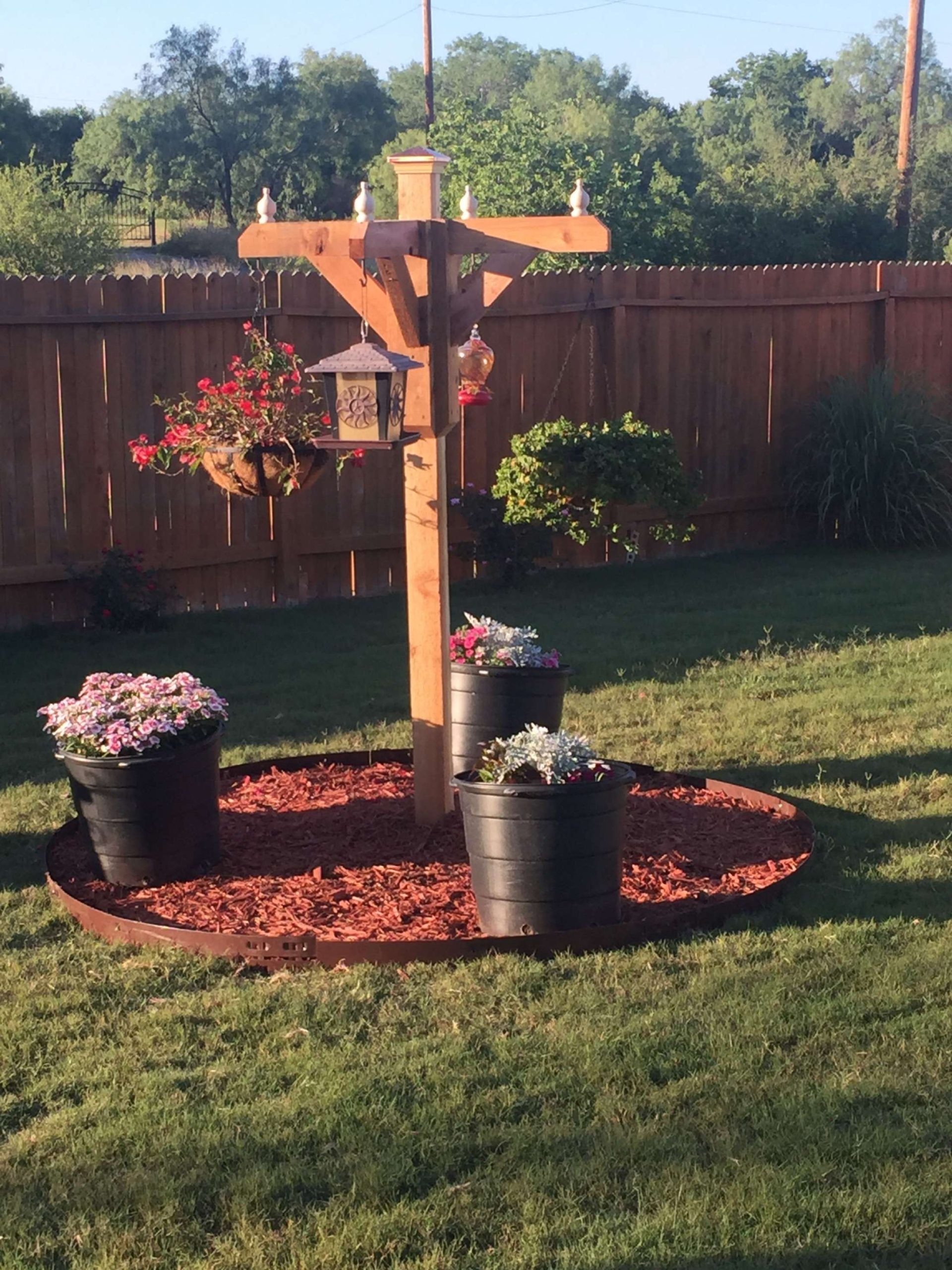
Birdhouses, strategically placed near feeders, can entice cavity-nesting birds like chickadees and wrens. Scattering colorful stones or using decorative bird feeders can add a touch of whimsy to your bird sanctuary.
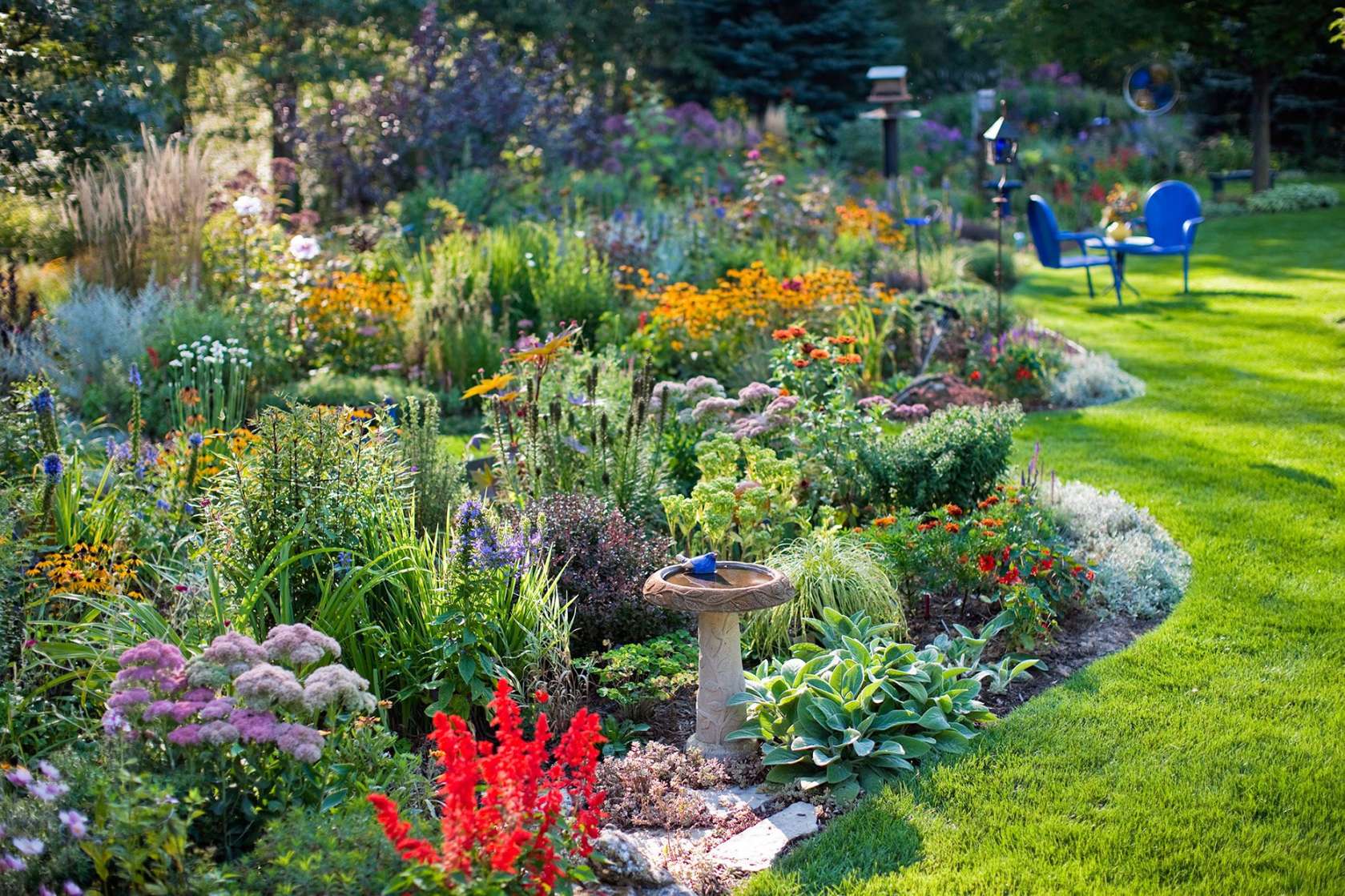
By incorporating these bird feeder landscape ideas, you can create a beautiful and inviting space that attracts a wider variety of birds. Watching colorful feathered visitors flitting from branch to feeder adds a touch of joy to any backyard. Remember, providing a safe haven with a reliable food source is a great way to support your local bird population.

Native wildflowers, creeping evergreens, and ornamental grasses are all good choices. Avoid plants with berries that are toxic to birds.
Leave enough space for birds to take flight comfortably, but close enough to provide quick access for cover from predators. A distance of 3-5 feet is ideal.
Clean your feeders every two weeks with a mild soap and water solution. This helps prevent the spread of disease among birds.
Hummingbird feeders with red accents and nectar solution specifically formulated for hummingbirds are best.
There are special feeders designed to deter squirrels, or you can create a baffle using a metal cone or slick surface to prevent them from climbing up the pole.

